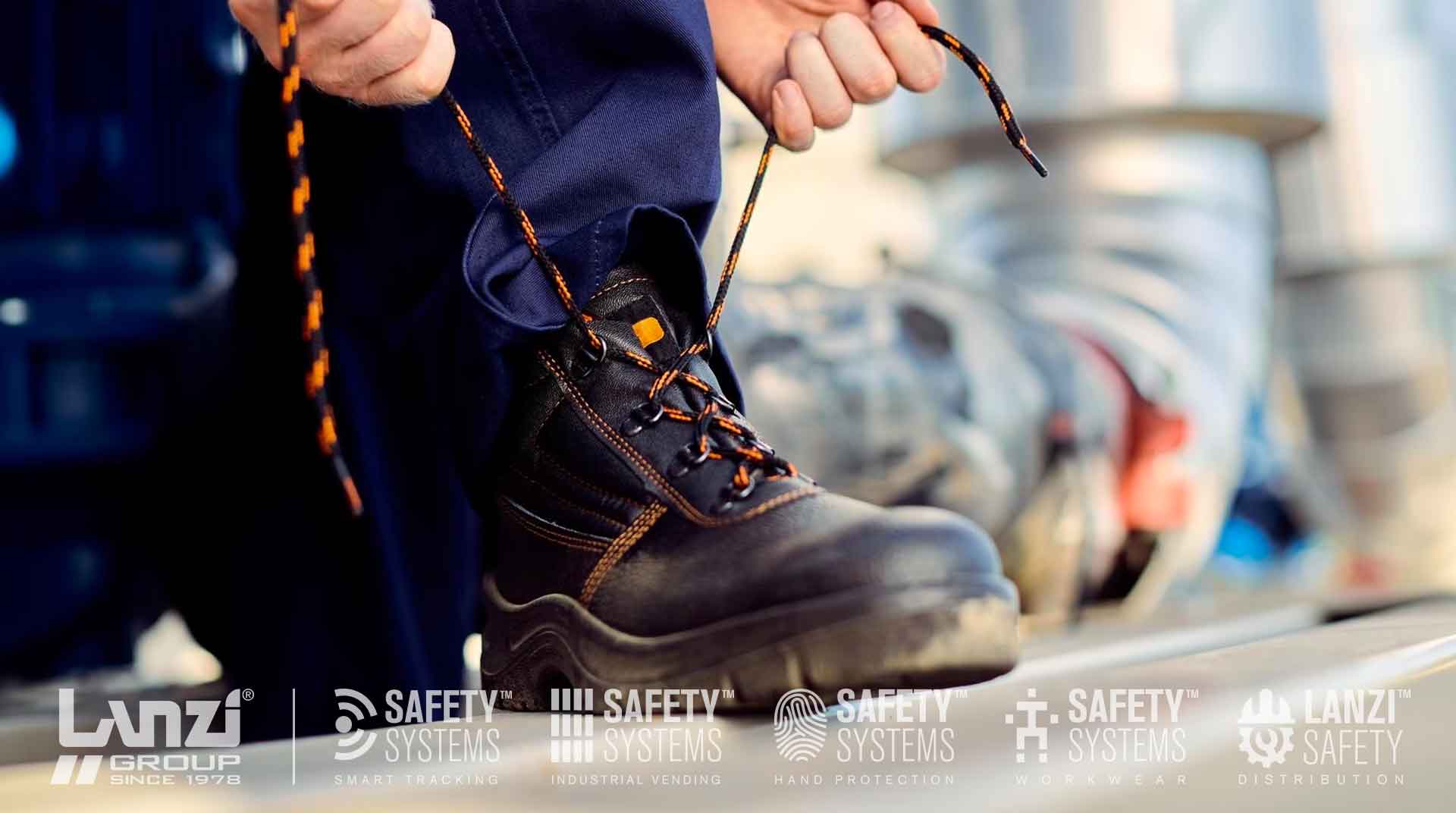
Regulation (UE) 2016/425 will soon incorporate the new requirements introduced with the newly issued standard EN ISO 20345:2022, which specifically addresses “safety footwear” PPE. The main regulatory changes concern basic and additional requirements for safety footwear for general use, as well as for safety footwear provided with customised “socks”, safety footwear made-to-measure, and individually manufactured safety footwear. It addresses all CSR performance management requirements in a comprehensive and effective manner.
It is often said that every day should start off on the right foot. For workers, we should say that every working day should start off, first and foremost, with the right footwear conforming to the standards!
The feet of workers operating in certain contexts should be duly protected by PPE specially designed to prevent any possible injury, whether from falling objects, stepping on sharp objects, contact with heated surfaces and other hazards.
The definition of safety requirements for PPE is governed by specific regulations that are revised and updated over time in order to ensure ever greater safety at work; the revisions are designed to continually improve safety characteristics in an attempt to better counteract all possible risks in the workplace.
In particular, Regulation (EU) 2016/425 will soon incorporate the new requirements introduced with the newly issued standard EN ISO 20345:2022, which specifically concerns “safety footwear” PPE and updates the previous standard EN ISO 20345:2012.
On the CEN website, the updated document specifies the basic and additional (optional) requirements for safety footwear for general use.
It includes, for instance, mechanical hazards, slip resistance, thermal hazards, ergonomic behaviour.
It also specifies the requirements for safety footwear equipped with customised “socks”, customised safety footwear and customise individually manufactured safety footwear.This standard does not regulate the “high visibility” requirement regarding the interaction of footwear with clothing (e.g., trousers covering footwear) and the conditions of work areas (e.g., presence of dirt, mud, etc.).Special risks are regulated by additional work-related standards (e.g., firefighter footwear, insulating footwear against electrical hazards, protection against possible chainsaw injuries, protection against chemicals and molten metal jets, protections for motorcyclists).
Standard EN ISO 20345:2022 requires that occupational footwear be marked with an “S” (for Safety) as “Safety Footwear”. The “SB” code identifies the so-called “Safety Basic” shoes.
In addition to the basic requirements for safety footwear, other requirements and provisions are also in place for various workplace hazards.
Protection classes S6 and S7 have been added to the standard. These classes indicate that a water-repellent property has been introduced (e.g., a “membrane”).
Thus, the main classification becomes SB, S1, S2, S3, S4, S5, S6 and S7.
Protection level S1 will still be indicated with the suffix P when combined with protection against nails. However, since the tests for nail protection have been extended to P, PL and PS, protection level S1 can be supplemented with suffixes S1P, S1PL and S1PS.
The specific and supplementary requirements have been increased by 6 and now total 18. Some have been removed or added, while others have been integrated into the basic certification.
The new list of the 18 possible requirements is as follows:
The previous tests 'SRA', 'SRB' and 'SRC' will no longer be used, however, the “SR” (slip resistance) test will be performed.
The testing procedures have also been changed to more closely replicate the actual conditions of use of the footwear. For example, slip resistance is tested on floor tiles saturated with a solution of sodium lauryl sulphate (NaLS), a surfactant.
The term used previously, “penetration resistance” has now been replaced with the more pertinent term “puncture resistance”. The related resistance test will now be performed on the basis of ISO 22568-3 and ISO 22568-4 instead of EN 12568.
Oil and petrol resistance is no longer included in protection classes from S1 to S5. The special symbol FO will be used instead.
The additional requirement WRU (water-resistant uppers), which describes the water-repellent effect of the shoe uppers, has been changed to WPA (water penetration and absorption).
For a better ladder grip, the outsole shall have a transverse profile with a height of at least 1.5 mm in the ankle area.
An 8,000 cycles “Martindale” abrasion test shall be carried out to determine the abrasion of the scuff cap; the scuff cap must not form any holes throughout its thickness.
All safety shoes that will be placed on the market after 30 March 2023 shall be certified according to std. EN ISO 20345:2022. Nevertheless, safety shoes that are already on the market, and whose certification conforms to the previous standard, will retain their validity and will not have to be re-certified until their certification expiry date, even if it is after 30 March 2023.
The (certified) EU type examination is valid for five years. For some time, products certified according to the new standard and products certified pursuant to the old standard will both be available on the market.
You can request a summary chart of the new markings according to EN ISO 20345:2022 by writing to marketing@lanzigroup.com